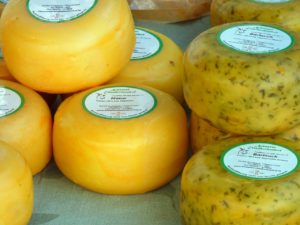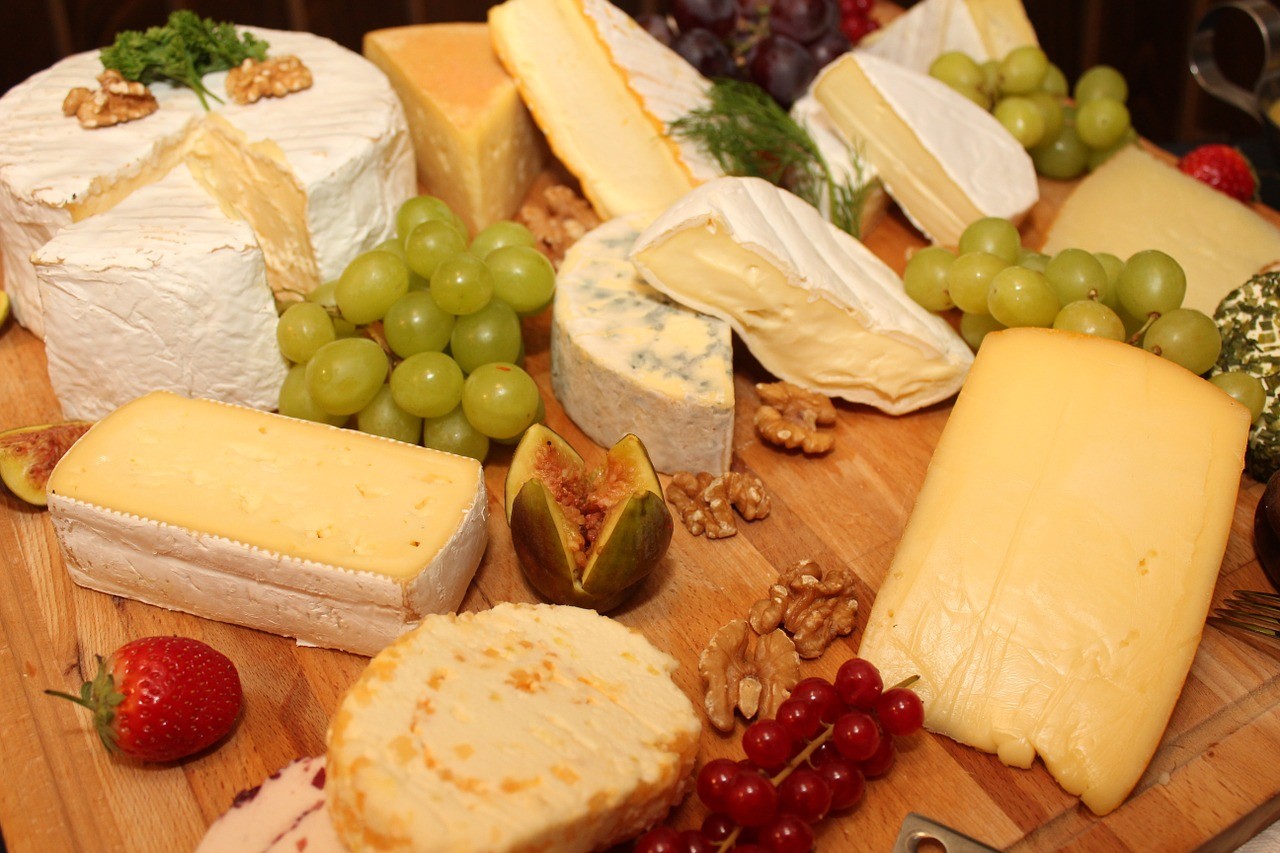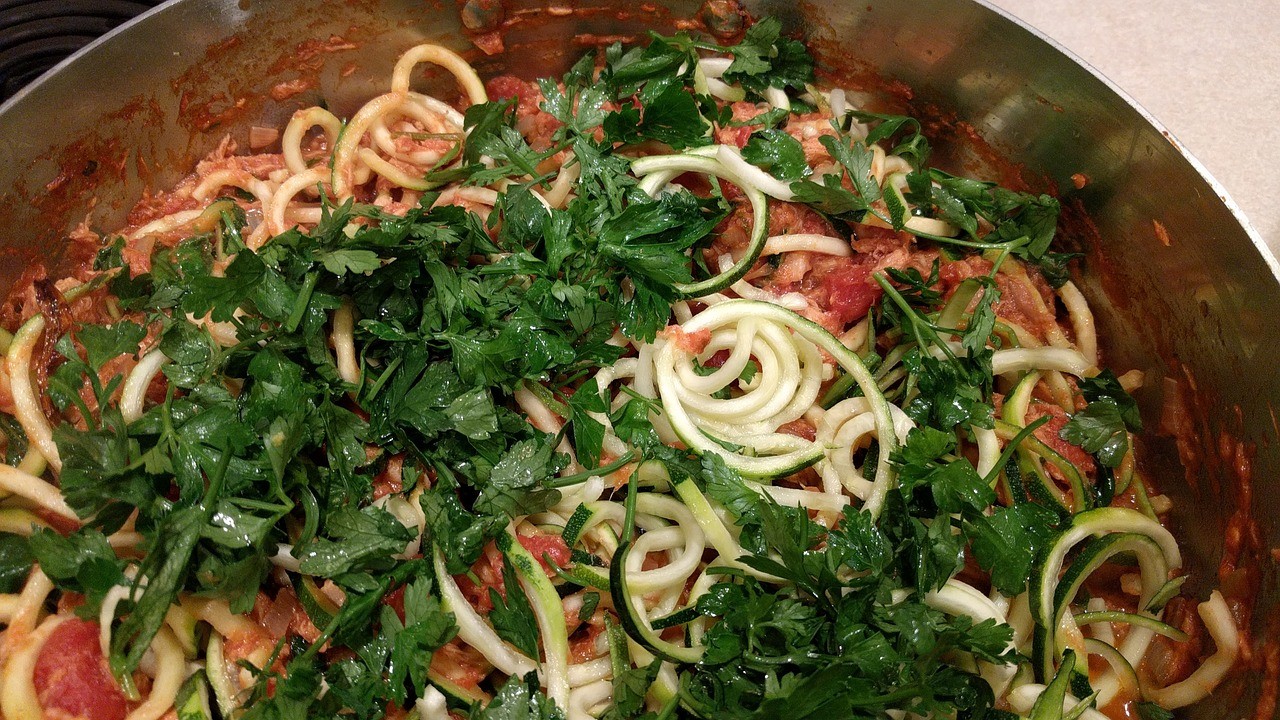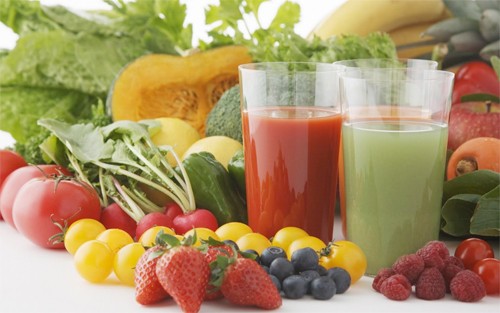Discover What Cheeses Can Lactose-Intolerant Folks Eat
So, What cheeses can lactose-intolerant folks actually eat?

- As a rule of thumb, the higher the fat, the lower the lactose content.
- Aged cheeses always have lower lactose than younger cheeses. Look for the amount of aging on the label.
According to “Steve Carper’s Lactose Intolerance Clearing House” here are some of the most LI-friendly cheeses on the market. Remember, you want to get below 5 grams of sugar per serving…in other words, at or below the 2-3% lactose range, but don’t overdo it.
- Muenster: 0-1.1% lactose range
- Camembert: 0-1.8% lactose range
- Brie: 0-2% lactose range
- Cheddar: 0-2.1% lactose range
- Provolone: 0-2.1% lactose range
- Gouda: 0-2.2% lactose range
- Blue: 0-2.5% lactose range
- Parmesan: 0-3.2% lactose range
- Swiss: 0-3.4% lactose range
So, from now on, check the sugar content on the label! Anything approaching 2-5 grams of lactose per serving should be avoided, even in moderation.
Are you aware that Fructose malabsorption (or Fructose Intolerance) can also mimic lactose/milk intolerance- a common diagnosis amongst celiac and NCGS patients? The symptoms of celiac disease and non-celiac gluten sensitivity (NCGS) can be very similar to the symptoms of fructose malabsorption. Thus, the diagnoses’ may often be confused.
The most common symptoms are bloating, gas, cramping and diarrhea. When diarrhea occurs over prolonged periods, nutrient deficiencies and their symptoms may appear. The most common nutrients affected are folic acid, zinc, iron, tryptophan, calcium, vitamin c and e. Elevated blood levels of amylase and lipase-enzymes from the pancreas- may also be seen. Some people may also experience symptoms such as fatigue, headaches, brain fog, mood changes and constipation.
If you are having some of these symptoms, THE Essential ToolKit for Celiac Disease and the Gluten Free Diet can be something to consider…












